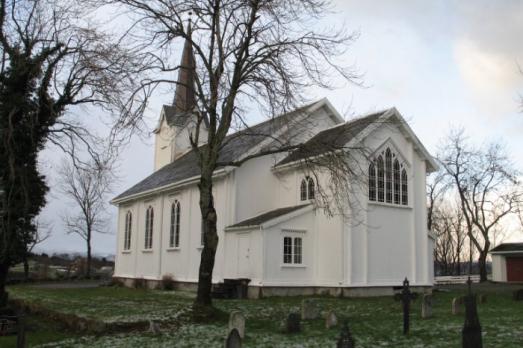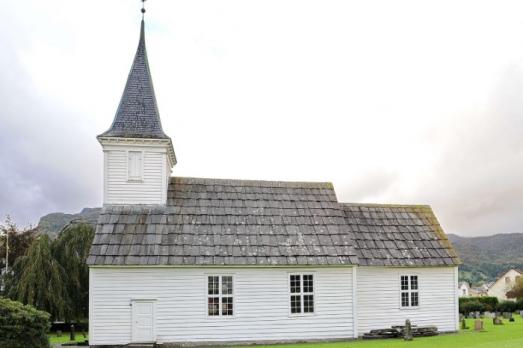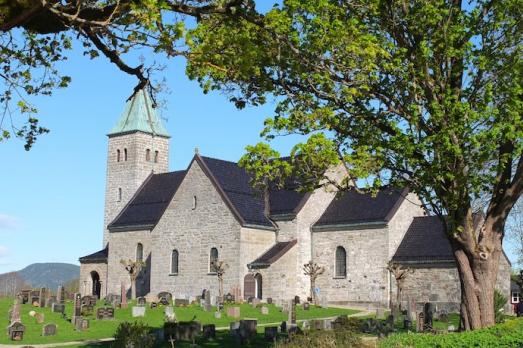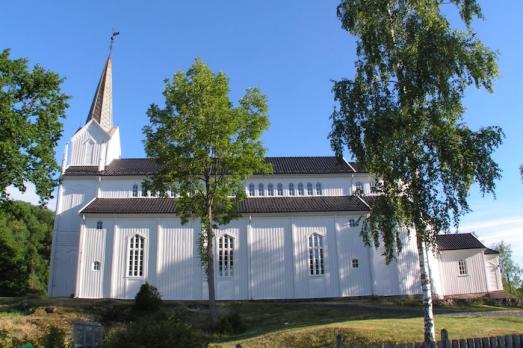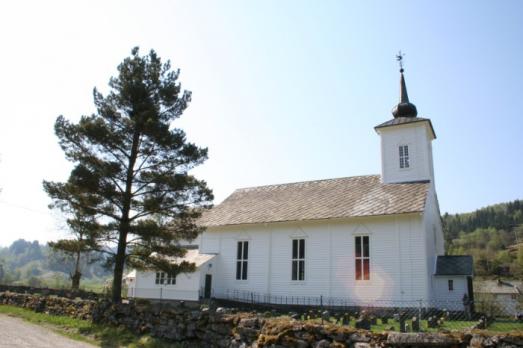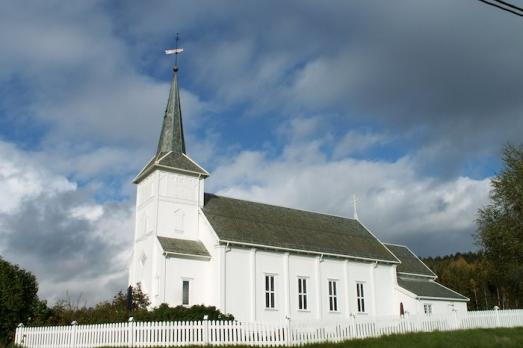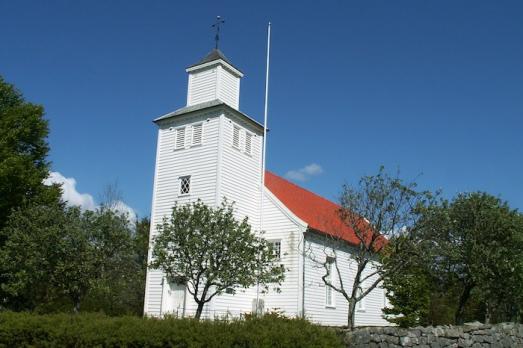
Giske Church
Giske, NO
Giske Church is a long church built of stone in the 12th century. In the 1860s the church underwent changes, including the installation of new large windows. The interior of the church is simple, with signs of the 18th and 19th centuries. The south portal, the best-preserved medieval decoration, has a relief in the arched field above the door of the Lamb of God holding a cross.

